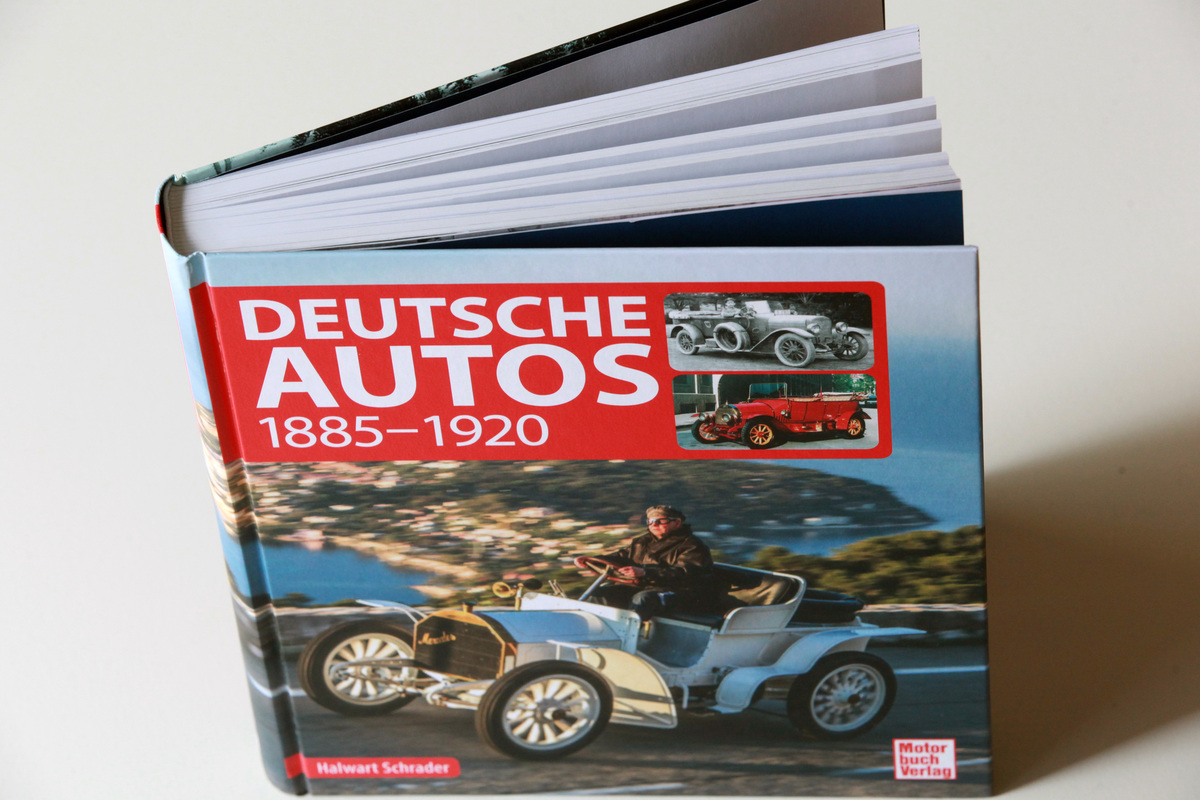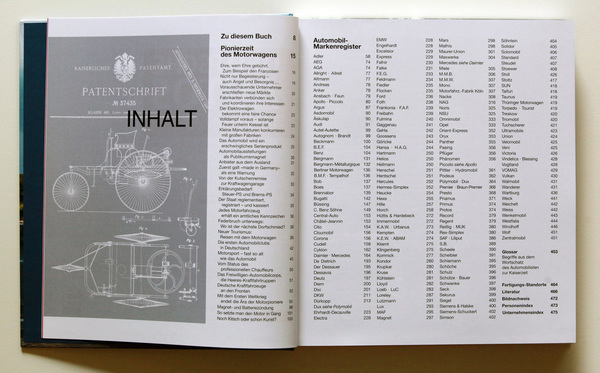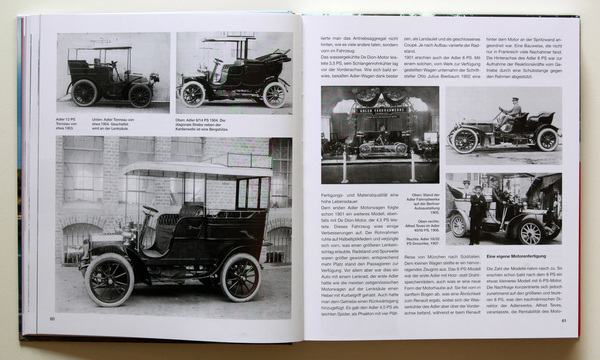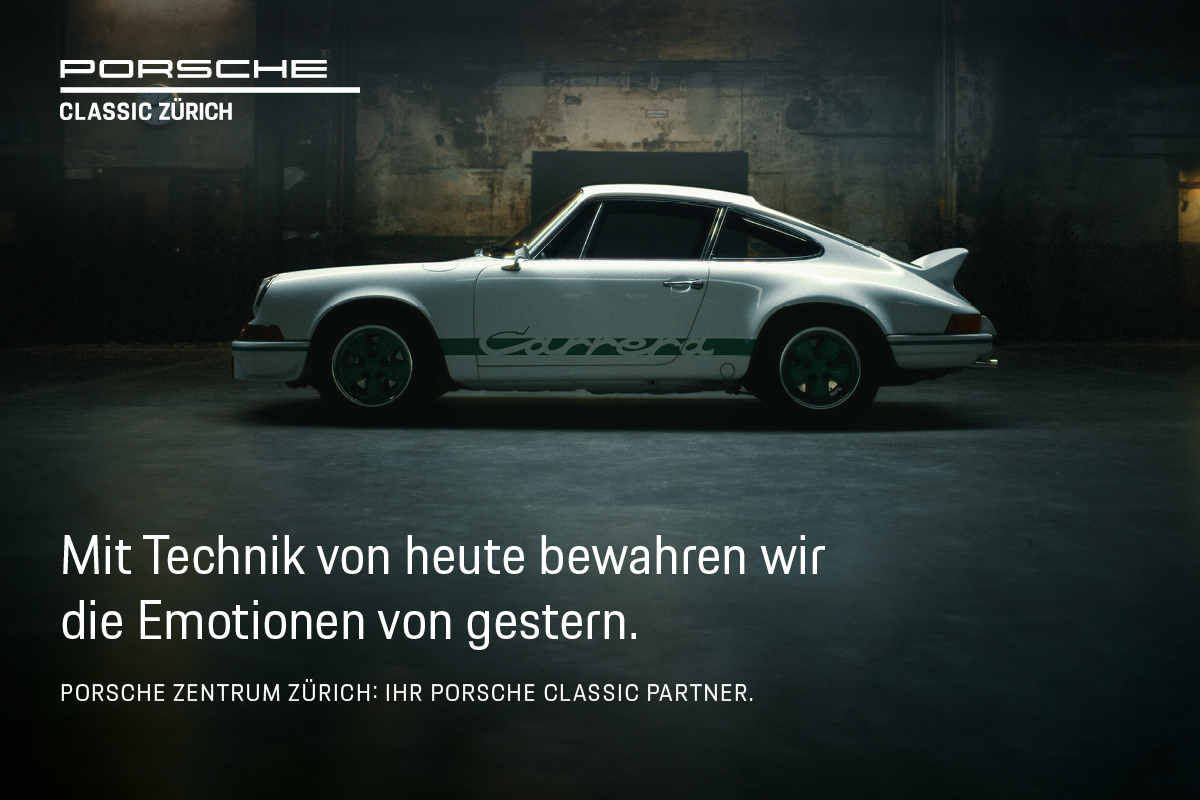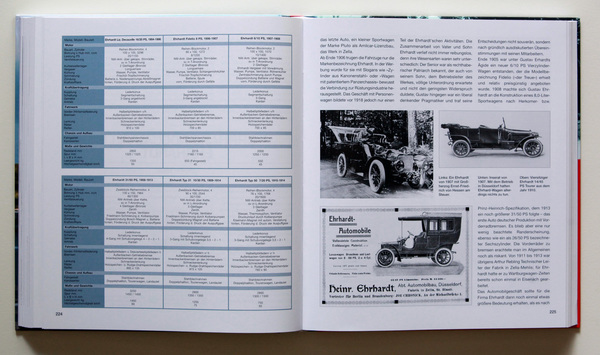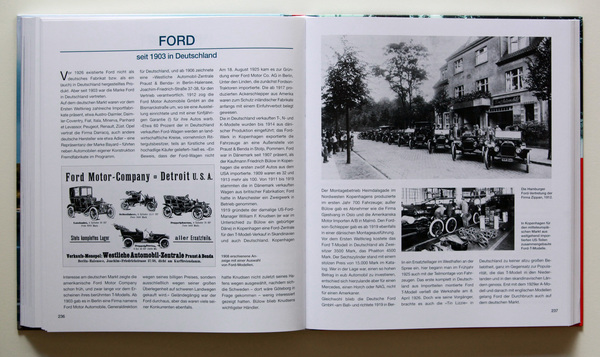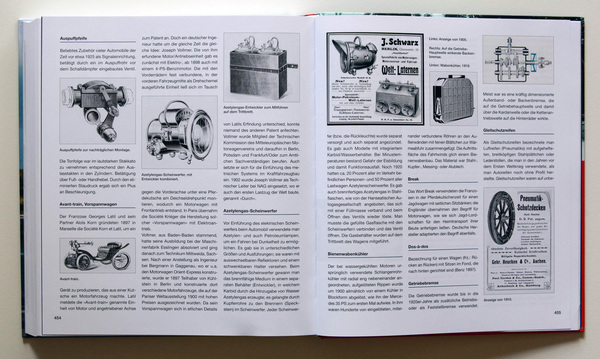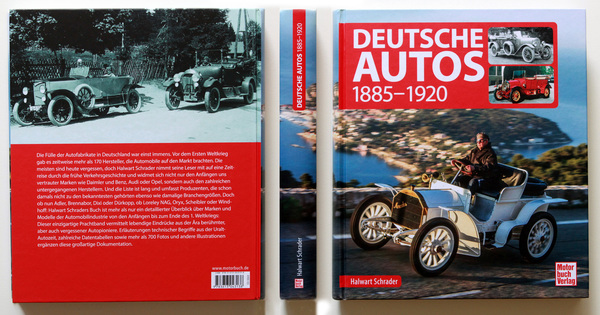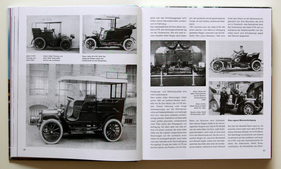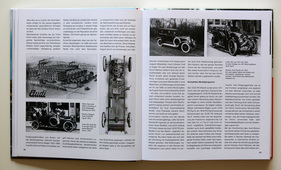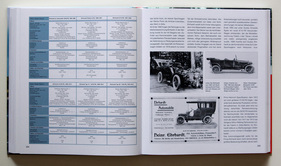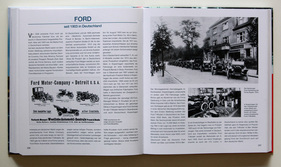The cradle of the automobile, at least according to the Germans, lies in the German Empire. Carl Benz and Gottlieb Daimler invented the automobile independently of each other at the end of the 19th century and made it more or less socially acceptable. From a French perspective, one could certainly find a different interpretation here. But this is not about splitting hairs, but about the beginnings of automobilization in Germany up to 1920, although the importance of the French for the automobile is certainly acknowledged in this book.
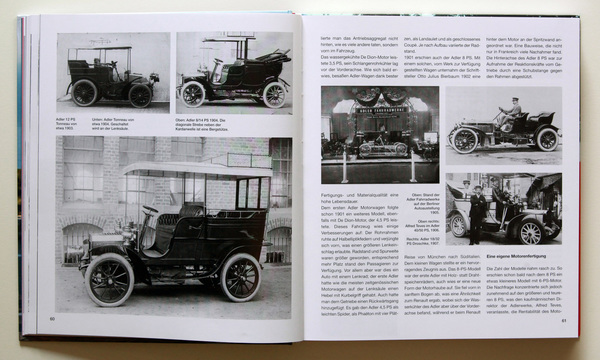
Expert author
With over 60 published books in the automotive field, Halwart Schrader is one of the most widely read authors in the German-speaking world. In 1997, he was the fourth German to be admitted to the "Guild of Motoring Writers", an international and highly exclusive association of automotive authors with just 500 members worldwide.
From 1972, Schrader was editor of Automobil Chronik, the first German-language magazine for enthusiasts of historic motor vehicles. He is undisputedly an expert in his field, presenting a 480-page overview of German automobiles in the defunct German Empire.
A look back
What began modestly in southern Germany soon captivated many. The automobile always thrived on the promise of independent mobility. In the early days of the automobile, freedom, adventure and a good dose of courage were required to set off on the road. There were no filling stations; fuel was bought from the chemist. The roads, paved but not asphalted, were shared with carts and what they left behind. A pile of manure and lots of horseshoe nails. Mudguards and several spare tires were therefore soon to be seen on the pioneer vehicles. The technology was still in its infancy and sales were geared towards the upper classes who could and wanted to afford motorized carriages. The automobile was a status symbol, a matter of leisure.

And yet: In Germany, there were over 170 automobile manufacturers by 1920. Today, three/four of them remain: Audi, Mercedes, Opel (and Ford from 1903).
On the trail of history
Most of the defunct brands are forgotten today. No wonder, since countless vehicles have not even survived as contemporary witnesses in museums. This book takes the reader on a journey through the early history of transportation.

It is not only dedicated to the presentation of familiar brands such as Audi, Daimler, Horch, Mercedes, Opel or Wanderer, but also to the numerous forgotten manufacturers: Adler, Brennabor, Dürrkopp, Loreley, NAG, Scheibler or Windhoff, to name but a few. The list is long and includes manufacturers who were already operating in a niche market at the time, as well as industry giants.
Concentrated expertise
This book provides the reader with an overview of 170 German car brands and their manufacturers that produced both cars and trucks up to 1920. The individual car brands are arranged from A-Z and are documented by means of text, many pictures and a statistical section.

The larger and more successful brands are often given more space, while the smaller manufacturers are given less space due to their importance. This is due not only to the length of the production period and the sales volume, but also to the source situation. In the case of trucks, only larger manufacturers are often mentioned, but in principle they only play a minor role in this publication.
Comprehensible content
The book impresses with its sensible structure: It begins with a comprehensive historical introduction, followed by a presentation of the car brands and concludes with a glossary and a map showing the production sites. Large pictures and a clean layout make it easier to read and grasp the content. Not an aesthetically high-quality book, just typical Motorbuch, but it still leaves a good impression.
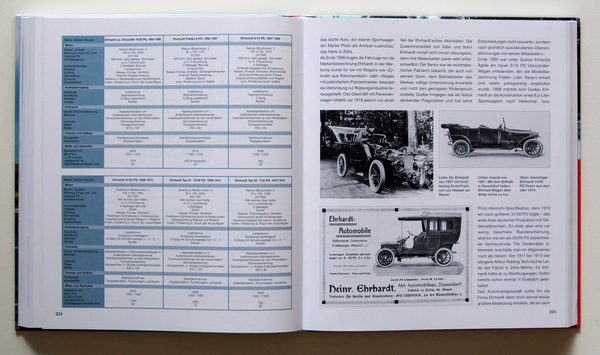
In the foreword, the author avoids making comparisons with statistical data from other publications by pointing out that the data situation is sometimes contradictory and sometimes has improved in recent times. Older readers will remember other books with the same title from the same publisher. It is not without good reason that the publisher refers to this as a first edition, because the book stands out from the brittle compendiums of the 1970s or more recent titles in a comprehensive way, also due to its detailed texts and references.
Saving the good for last
This opulent documentation of a bygone era is a wonderful addition to the "Cars from Germany" series, which has a long tradition at Motorbuchverlag. The author succeeds in providing a comprehensive overview of makes and models from the early days to the beginning of the Weimar Republic. In addition, there is a lively impression of the era of the automobile pioneers with long-forgotten models and characters. Technicians and exotic cars are brought back to life. Not a truly magnificent volume, but a reliable chronicle of German automobile history and its beginnings with finely written text, numerous annotations, comprehensive data sets and over 700 images for € 49.90 should convince any enthusiast with a pioneering spirit.
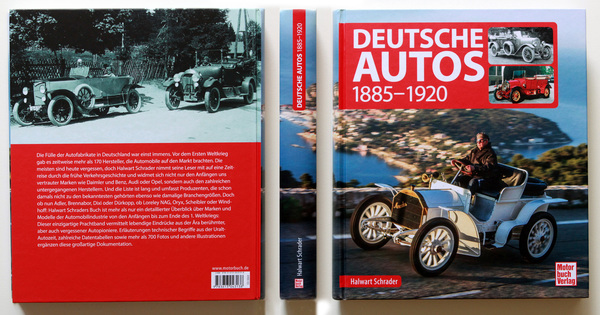
Bibliographical details
- Title: German cars 1885 - 1920
- Author: Halwart Schrader
- Language: German
- Publisher: Motorbuch
- Edition: 1st edition August 2020
- Format: 265 x 230 mm, hardcover
- Scope: 480 pages, 800 images & illustrations, numerous tables
- ISBN: 978-3-613-04313-8
- Price: EUR 49,90
- Buy/order: Online at amazon.de, online at Motorbuch-Verlag or in a good bookstore
